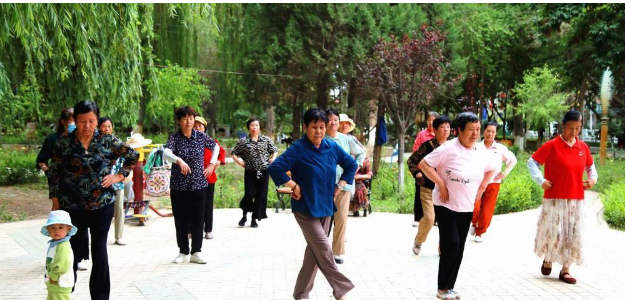China to Raise Retirement Age Amid Aging Population Concerns

China is set to raise the retirement age, addressing the challenges posed by its rapidly aging population. This policy shift aims to mitigate the economic and social impacts of an increasingly elderly demographic while ensuring the sustainability of the nation’s pension system.
China’s current retirement age is among the lowest in the world, with men retiring at 60 and women at 55 for white-collar workers, and 50 for blue-collar workers. This system was established decades ago when life expectancy was significantly lower. However, with life expectancy now approaching 77 years, the Chinese government recognizes the need for reform.
The new plan, expected to be implemented gradually over the coming years, will likely increase the retirement age by several years. This incremental approach aims to ease the transition for workers and employers alike.
Liu Hong, a senior official at the Ministry of Human Resources and Social Security, highlighted the necessity of this reform. “As our population ages, the proportion of working-age individuals declines, putting immense pressure on our social security and pension systems. Adjusting the retirement age is essential to balance our labor market and sustain economic growth,” Liu explained.
China’s working-age population (those aged 15-59) has been shrinking since 2012, while the number of people aged 60 and above is rapidly increasing. By 2050, it is projected that one-third of China’s population will be over 60. This demographic shift poses significant challenges for the country’s economy, healthcare system, and social services.
The proposed changes have sparked a mix of reactions. Many experts and economists agree that raising the retirement age is a necessary step to address the demographic imbalance and ensure the long-term viability of the pension system. However, some workers express concerns about the potential impact on their lives and job prospects.
Zhang Wei, a 54-year-old factory worker in Beijing, shared his worries. “I’ve been working in a physically demanding job for over 30 years. The thought of having to work even longer is daunting. I hope the government considers the different types of work people do and provides support for those in more strenuous jobs.”
In response to these concerns, the government plans to introduce complementary measures, such as retraining programs and policies to support older workers. Additionally, there are discussions about enhancing workplace safety and ergonomics to accommodate an aging workforce.
The retirement age reform is part of a broader strategy to address the challenges of an aging population, including policies to encourage higher birth rates and improve healthcare services for the elderly.
As China navigates these demographic changes, the success of the retirement age reform will depend on careful implementation and consideration of the diverse needs of its workforce.





